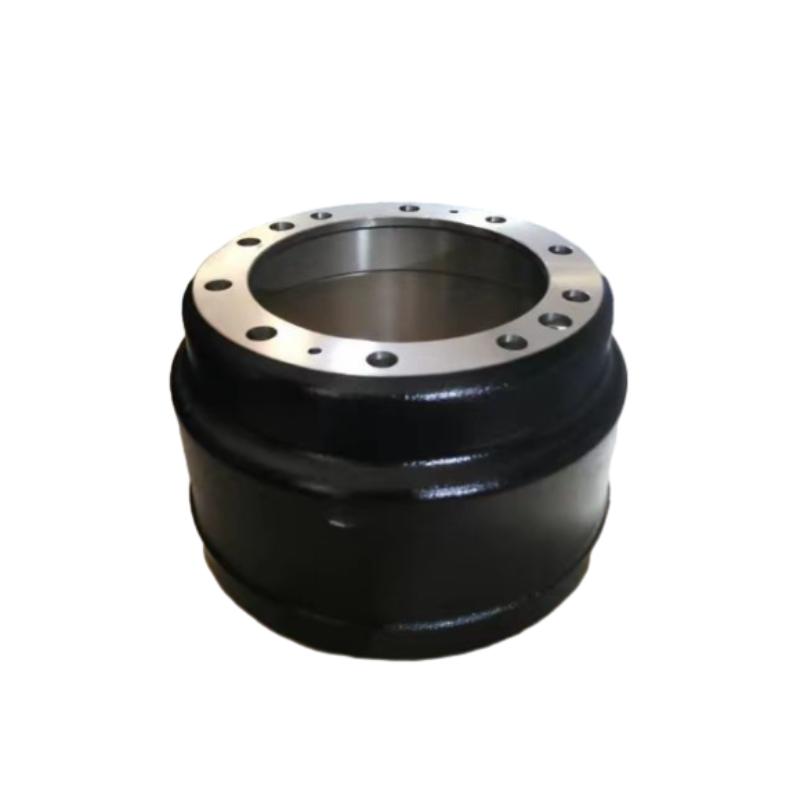Jul . 30, 2024 03:47 Back to list
Understanding the Functionality and Maintenance of the Parking Brake Drum System in Vehicles
Understanding the Parking Brake Drum An Essential Component of Vehicle Safety
The parking brake drum is a vital part of a vehicle's braking system, designed primarily to hold the vehicle in place when parked. Although often overlooked, it plays a crucial role in ensuring safety and stability, especially in hilly or inclined areas. In this article, we will explore the importance of the parking brake drum, its components, how it functions, and maintenance practices to ensure its longevity and reliability.
Components of the Parking Brake Drum
The parking brake drum consists of several key components, including the drum itself, brake shoes, a cable system, and various springs and hardware. The drum is a metal cylinder that is attached to the wheel hub, rotating with the wheel during movement. Inside the drum are brake shoes, which are curved pieces of metal with friction material attached. When the parking brake is engaged, the cable pulls the brake shoes outward against the inner surface of the drum, creating friction that holds the vehicle in place.
Functionality of the Parking Brake Drum
The primary function of the parking brake drum is to secure the vehicle when it is parked, preventing it from rolling away. This is particularly crucial when parking on inclines. The system is designed to exert sufficient pressure against the drum without requiring heavy force from the driver, allowing anyone, regardless of strength, to secure the vehicle effectively.
When the parking brake lever or pedal is engaged, it tightens the cable connected to the brake shoes, pushing them outward against the drum. The friction between the shoes and the drum is what keeps the vehicle stationary. Conversely, when the lever is released, the tension in the cable is released, allowing the brake shoes to retract and the vehicle to move freely.
parking brake drum

Importance of Regular Maintenance
Like any mechanical component, the parking brake drum requires regular maintenance to ensure its effectiveness and longevity. Over time, the friction material on the brake shoes can wear down, reducing their ability to engage effectively with the drum. It is crucial for vehicle owners to regularly inspect the parking brake system, looking for signs of wear, such as squeaking or dragging sounds while driving or while the brake is engaged.
Other maintenance practices include checking the condition of the cables and springs, as they can corrode or stretch over time. A properly functioning parking brake should allow for smooth engagement and disengagement without requiring excessive effort. If you notice that the parking brake lever pulls up unusually high or feels loose, this may indicate that the system needs adjustment or repair.
Safety Considerations
The parking brake is often the last line of defense against unintended vehicle movement. It is essential for drivers to understand that the parking brake should not be relied upon entirely, especially in newer vehicles, as many come equipped with advanced transmission-lock systems designed to prevent rolling. However, using the parking brake in conjunction with these systems adds an extra layer of safety, particularly on inclines or uneven surfaces.
In conclusion, the parking brake drum is a critical component of vehicle safety, providing security and stability when parked. Regular maintenance and inspection are essential to ensure that this system functions effectively, safeguarding both the vehicle and its occupants. As drivers, being aware of the importance of our braking systems, including the often-overlooked parking brake drum, helps us maintain safety on the roads.
-
High-Quality Brake Drum MAZ – Durable Drum Brake Drum & Brake Drum and Brake Shoe Solutions
NewsJul.05,2025
-
High-Quality Brake Drum Iveco - Durable Drum Brake Drum & Brake Shoe Solutions
NewsJul.05,2025
-
High-Quality Brake Drum MAZ – Durable Drum Brake Drum & Brake Drum and Brake Shoe Solutions
NewsJul.04,2025
-
Brake Drum Man - High-Quality Drum Brake Drums & Brake Shoes for Reliable Performance
NewsJun.24,2025
-
High-Quality Brake Drum Kamaz – Durable Drum Brake Drum & Brake Shoe Replacement
NewsJun.10,2025
-
High-Quality Brake Drum Liza for Drum Brake Systems - Superior Durability and Performance
NewsJun.10,2025
